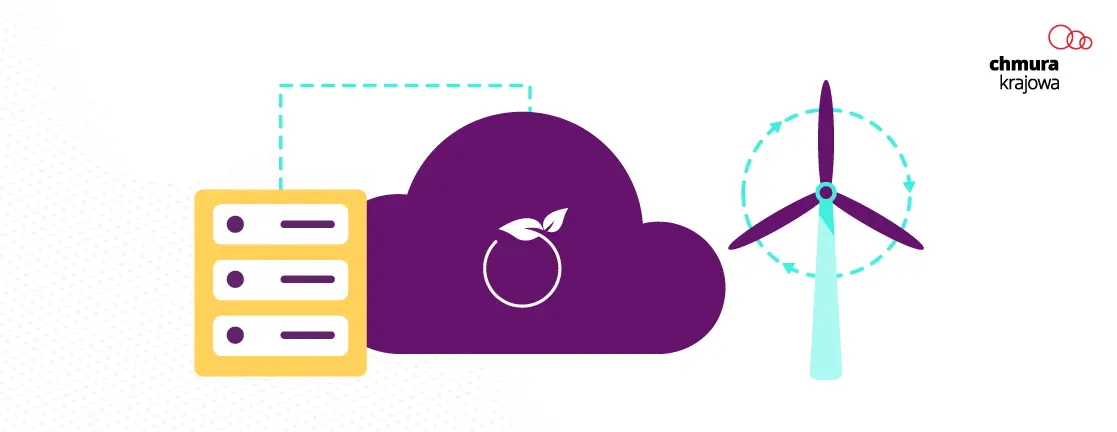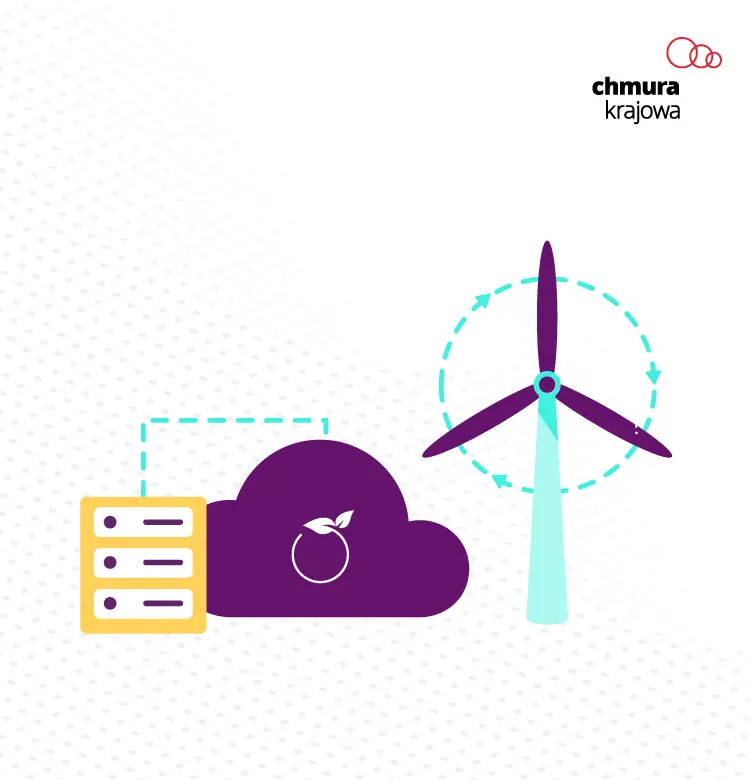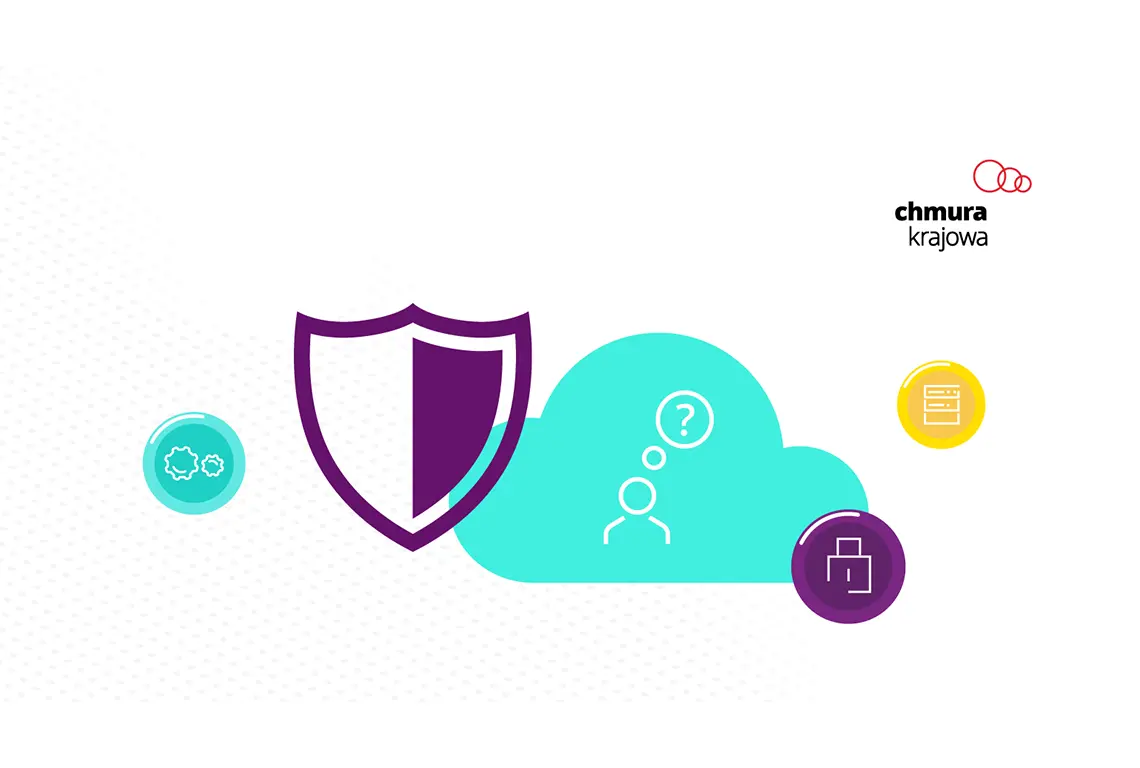IT development creates an ever-increasing demand for electrical power. You simply cannot perform complex calculations without using megawatts of power. Ironically, although large server rooms consume enormous amounts of electricity, they are greener than local server rooms. How is this possible?
New technologies are consuming more and more energy year after year. According to Uptime Intelligence, every time Cristiano Ronaldo uploads a picture to his Instagram account for nearly 200 million users to view, he causes some 24 MWh (megawatt hours) of electricity to be consumed. This is how much power is consumed by user smartphones to update data and display a picture. Is 24 MWh a lot? This is an equivalent of the electricity your laptop would consume if it worked continuously for... more than 50 years.
The more complex the computing, the higher the energy consumption: Bitcoin mining based on blockchain technology that requires very high computing power consumed 75 TWh (terawatt hours) in 2019, an equivalent of power consumption of 20 million U.K. households. And this is just the most popular cryptocurrency – only one of more than 1,500 others.
IT’s growing energy consumption is a fact in an increasingly digitized world. At the same time, environmental organizations and climate scientists warn that the greater the consumption of fossil fuels and the associated CO2 emissions, the greater global warming and climate change will be.
How do you reconcile the need for modern technology in every area of our lives with environmental protection? Giving up modern technologies that serve all of us is not an option. However, you can use IT solutions that are more energy-efficient and therefore exert a lower impact on the environment. This is why, from an environmental standpoint, it is much better to put corporate applications in the public cloud instead of running them on your own servers. Why is it better to use the gigantic resources of the largest providers? There are many pros:
- More efficient use of existing equipment. The cloud works all the time. When one client has a high demand for computing power, for example, related to a marketing campaign, another client has limited needs due to the holiday season at the same time. The cloud is a shared environment, which means you can freely control the power and move it where it is needed. If every company wanted to have its own IT resources, it would have to purchase and maintain as many servers as it needs at peak demand for computing power. This – as you might guess – is not a good choice from an environmental perspective. Even though a higher load on the servers also means faster wear and tear of the hardware (since many components are limited in respect of wear and tear after a specific number write/read cycles), the energy efficiency balance is still positive.
- Faster replacement. Ironically, the need to replace hardware is good for the environment. Obviously, the production of a new server comes at a huge cost to the environment. However, every new generation of infrastructure is more energy efficient, which means that it consumes less energy in order to deliver the same computing power. At the same time, faster wear and tear of the hardware used in the public cloud (due to higher workload) ensures that it has reached its end of life and is being replaced out of necessity rather than a whim of an administrator who prefers to have the latest server version.
- Economies of scale. The infrastructure used by hundreds of thousands of clients must be sufficiently extensive. At such a scale, you can design the cooling system – which is a key power-related component of such solutions besides the power supply itself – to be highly efficient. The use of cold and hot aisles, precise temperature control or energy recovery are solutions unavailable to small server rooms. Data centers use the PUE metric (Power Usage Effectiveness) to determine how much power is needed to maintain the server room (power supply, cooling, lighting, etc.) relative to that consumed solely to supply the hardware. You can follow the metrics of the largest data centers on an ongoing basis, and as you can see, the energy efficiency grows every year.
- Green Data Center. The largest cloud solutions are often located in server rooms built specifically for the purpose. A multitude of factors are taken into account, including location relative to the power plant, so that the loss of energy associated with transmission is as low as possible. Another step could be to design, for example, a photovoltaic or wind farm as part of the data center, which obviously requires consideration of natural conditions (studies of solar radiation or wind strength and frequency). When building an on-premise server room individually, you can at most install photovoltaic panels on the roof of a building (provided it is not an office building in the city center), but solutions such as your own wind farm are absolutely out of reach financially and organizationally. The cloud service provider specializes in managing data centers and can make sure that as much energy as possible comes from green sources.
What is the potential scale of environmental benefit? According to Accenture consulting company, the potential is huge: they estimate that if on-premise IT solutions were replaced worldwide by cloud computing, the total annual carbon emissions associated with the IT sector would fall by 5.9 percent. In practice, this means 60 million fewer tons of CO2 emitted into the atmosphere each year. This is an equivalent of taking 22 million cars off the roads, roughly the estimated number of passenger vehicles in Poland.
In recent weeks, our partners: Google and Microsoft have announced interesting measures aimed at reducing environmental impact. Google announced that it became a carbon-neutral company in 2007, and in 2017 covered all of its power consumption with renewable energy purchases. The next step is the company’s commitment to supply its data centers and offices around the world exclusively with carbon-free energy. This is a much bigger challenge than the traditional approach of balancing conventional and renewable energy consumption, which Google is giving itself until 2030 to achieve. For more details, visit
Meanwhile Microsoft announced its strategic partnership with the energy company BP. In exchange for the Microsoft Azure service, which will support BP’s digital transformation, Microsoft will receive renewable energy. Earlier this year, Microsoft announced that it plans to achieve net negative carbon emissions by 2030. Another interesting initiative is an underwater server room. Two years ago, Microsoft sank a data center near the Scottish Orkney Islands. Power was provided by renewable energy sources from the island. It turns out that the number of failures in an underwater data center is eight times lower than in a standard land-based center. Only 8 of the 855 servers installed in the underwater cylinder failed. For more details, visit
These incredibly ambitious environmental projects are completely unattainable for a small server room located in the back room of a grocery store or an auto parts wholesaler. As you can see, when considering your company’s operations, it is worth to think of using the cloud not only for its flexibility or reliability, but also to reduce the environmental impact.
What can we do at the micro level when it comes to individual consumer decisions? You can slow down a bit. Let go of watching the fifth episode in a row of a TV series on Netflix (2.5 hours of watching a movie streaming in HD consumes about 1 kWh of power), stop scrolling Facebook or Instagram for news from your favorite athlete or actress. Turn off your computer, mute your phone and go for a walk in the woods. Even if for a short one.




